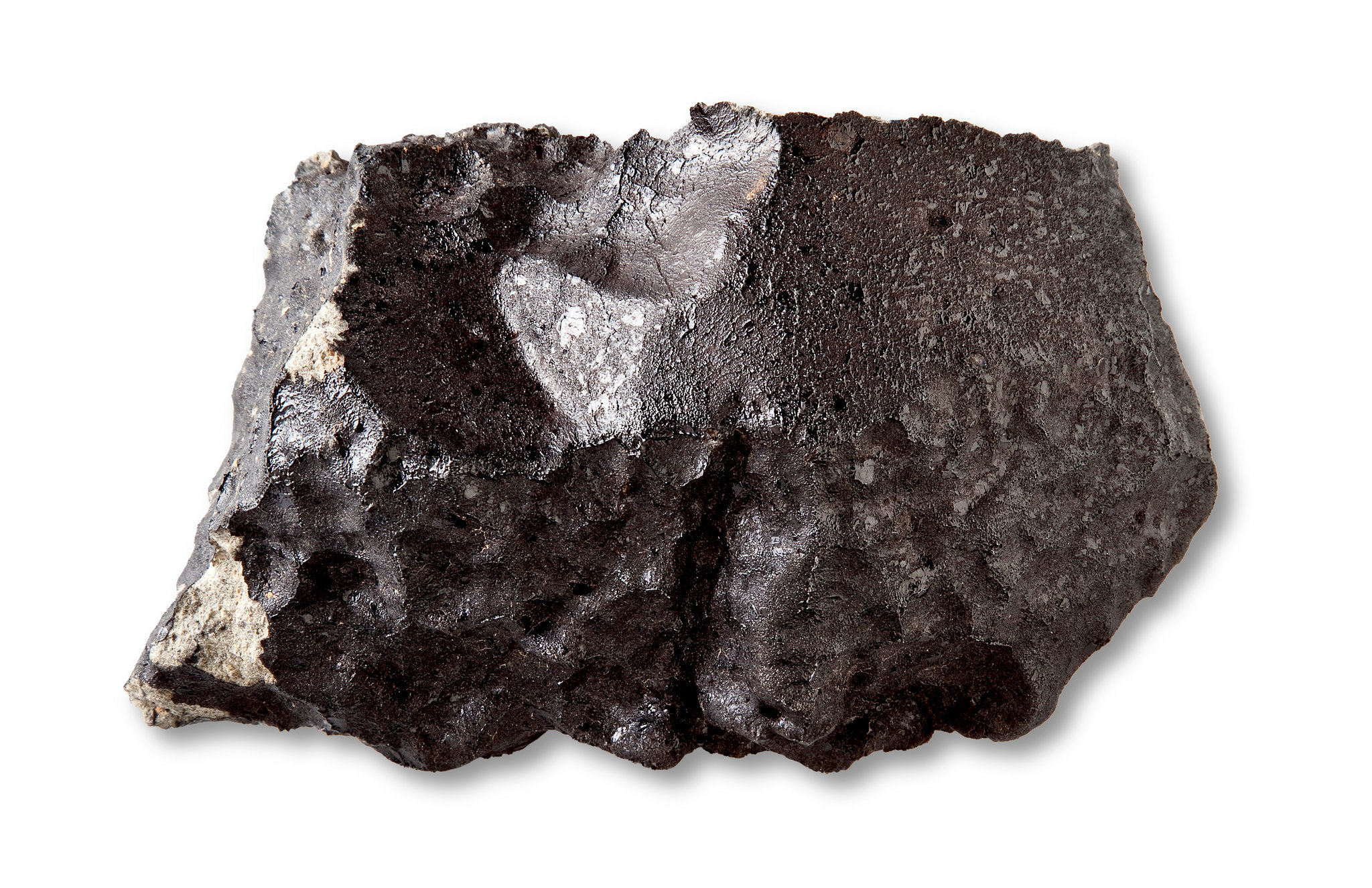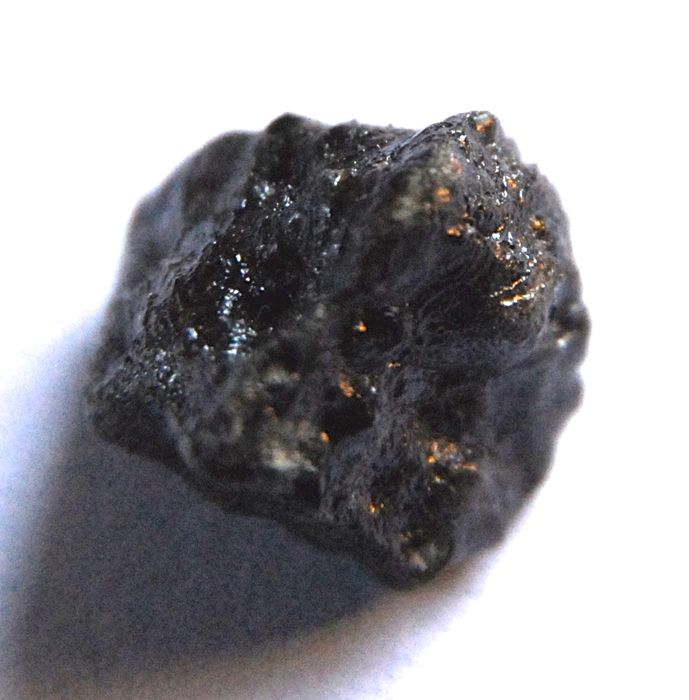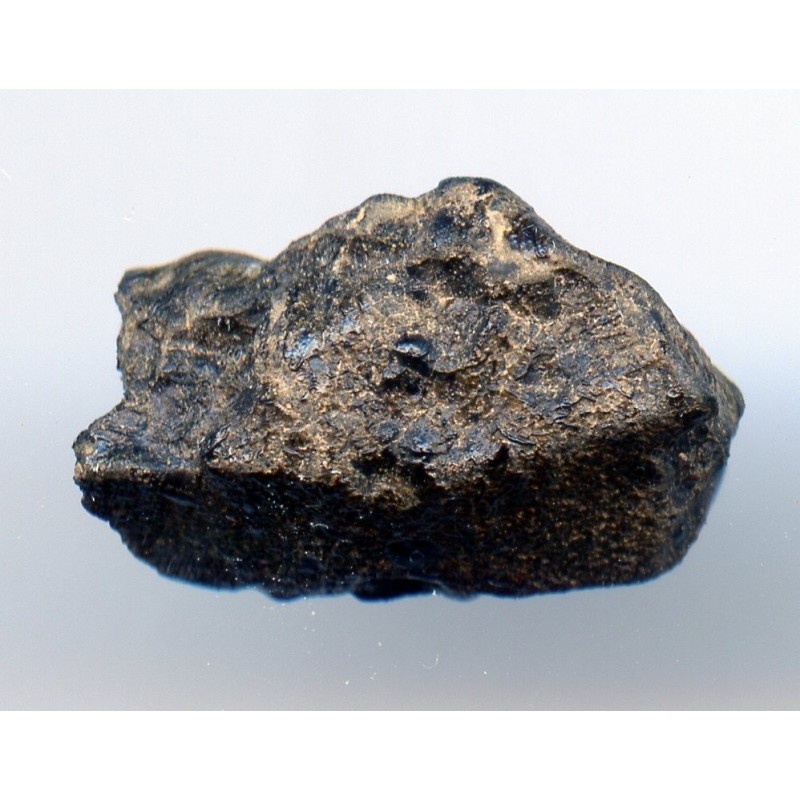Meteorite reveals information on possible origin of life on Mars
The meteorite Tissint was named after the city of Morocco around which its fragments fell on July 18, 2011. The alien rock sample is hundreds of millions of years old and was released into space after a violent event.

A new study has revealed that the Mars meteorite Tissint contains a wide diversity of organic compounds, delivering more information about the possible origin of life on the Red Planet.
The discovery was based on a joint work of the Technical University of Munich, Helmholtz Munich (Germany), with the scientific organization Carnegie Science, and was published in the journal Science Advances.
The meteorite Tissint was named after the city of Morocco around which its fragments fell on July 18, 2011. The alien rock sample is hundreds of millions of years old and was released into space after a violent event. The analysis showed the presence of carbon, hydrogen, oxygen, nitrogen sulfur and magnesium, a set of molecules commonly associated with the formation of life.
The team pointed out that the rare material is free of contaminants, as it was rescued at the site shortly after its fall. Therefore, it represents a faithful portrait of the mineral compounds present in abundance in the Martian mantle and crust, but which may have evolved over geological time.
In the research, the authors explain that “understanding the processes and sequence of events that shaped this rich organic abundance will reveal new details about the habitability of Mars.” To this end, scientists hope to get more information from the study of new samples brought from our neighboring planet by current and future missions, such as those conducted by the Perseverance rover.
Funding for the work was supplied by the Deutsche Forschungsgemeinschaft (DFG, German Research Foundation) – Project-ID 364653263 – TRR 235 (CRC 235).
More Information ℹ
- https://epl.carnegiescience.edu/martian-meteorite-contains-large-diversity-organic-compounds-0
- https://www.science.org/doi/10.1126/sciadv.add6439
- https://www.dfg.de/











